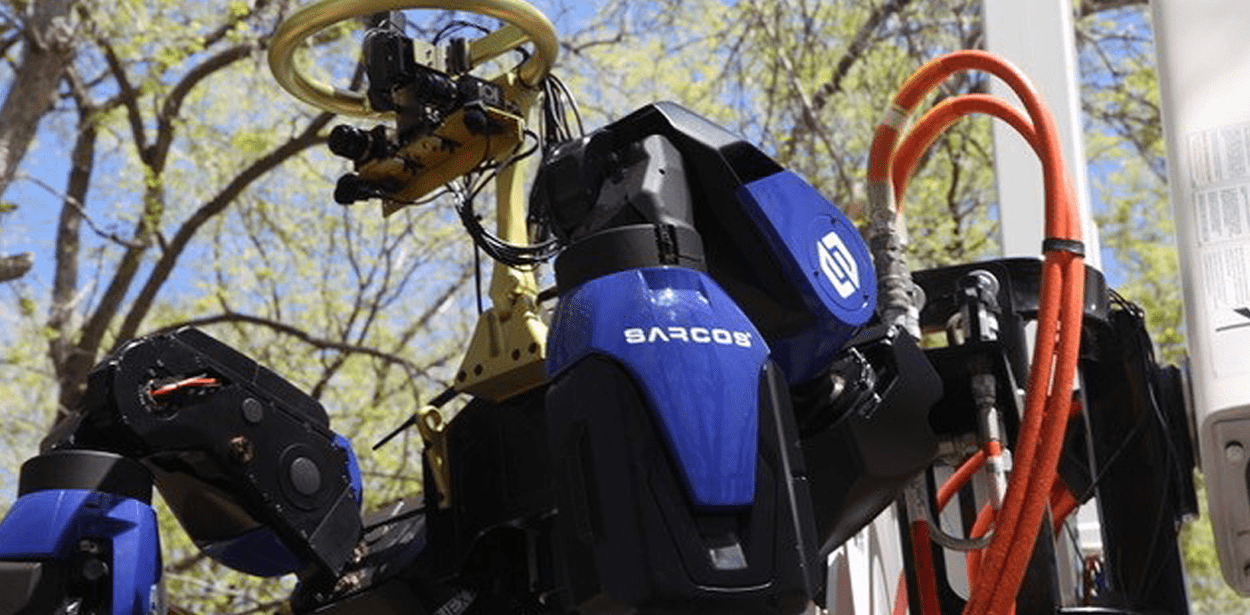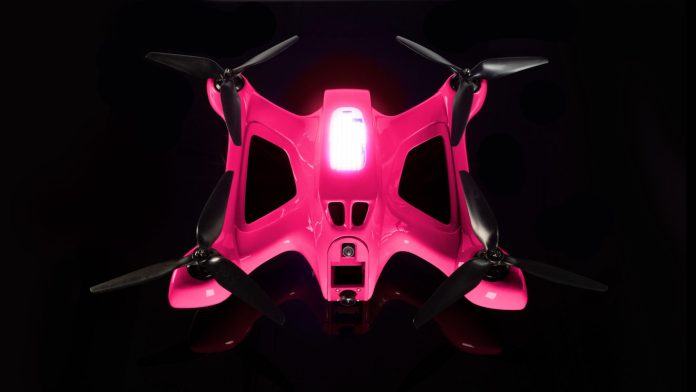T-Mobile US is partnering to explore how 5G can enable enterprise applications
Both before and after its acquisition of Sprint, T-Mobile US has been laser-focused on building out a nationwide 5G network and aggressively marketing its advantages in coverage to the consumer segment. But with a series of recent partner announcements, it appears T-Mobile is honing its focus on using its 5G network to make inroads in the enterprise segment–a major goal for the operator.
Earlier this month, T-Mobile announced a partnership with The Drone Racing League, a global organization focused on exactly what’s delineated in its name. The operator outfitted a drone with a 5G module that live streams video from the drone’s point of view. This novel craft took flight at a baseball event in Dyersville, Iowa.
Beyond providing fan experience enhancements, the applications of video-streaming drones in other enterprises contexts is far-reaching; remote inspection of infrastructure is one of many examples. T-Mo’s President of Technology Neville Ray said in a statement, “Drones are one of the most compelling use cases for 5G and we’re working towards a future where all drones will eventually be 5G-connected…We’re empowering innovators to completely reimagine virtually every industry and customer experience—from sports entertainment to disaster recovery, to parcel delivery and beyond.”
On the robotics front, T-Mobile has partnered with a robotics firm to use 5G to embolden remote operation and remote viewing in industrial robots built by Sarcos Robotics. Specifically, 5G will be used in the Guardian XT, described by the companies as a systems that “can be mounted to a variety of mobile bases to access hard-to-reach or elevated areas and applies to many industries, including aerospace, automotive, aviation, construction, defense, industrial manufacturing, maritime and oil and gas.”

Read more about that collaboration here.
Perhaps the most novel 5G-based project T-Mobile is engaged with involves Fisk University pre-med and biology students using 5G-backed virtual reality to study human cadavers. According to T-Mo, a VR solution developed with VictoryXR and HTC Vive, allows “students to explore the complete skeletal structure, muscle structure and the eleven human organ systems while still engaging in-person with their classmates and instructors.”

Using an HTC headset, students and teachers can see and interact with cadavers in VR. In addition to creating a new, immersive learning experience, this approach saves Fisk the costs associated with obtaining and keeping real cadavers on hand. There’s also the future potential for software-based surgery, cellular microbiology and comparative anatomy.
While this particular use case is focused on learning, enterprise VR is a major area of interest for organizations examining remote expert support, field services, digital twin technologies, and new types of collaboration tools.

